
Corrected Transcript and Commentary Copyright © 1995 by Eric M. Jones.
All rights reserved.
Last revised 11 May 2006.
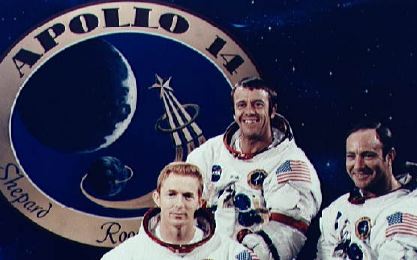


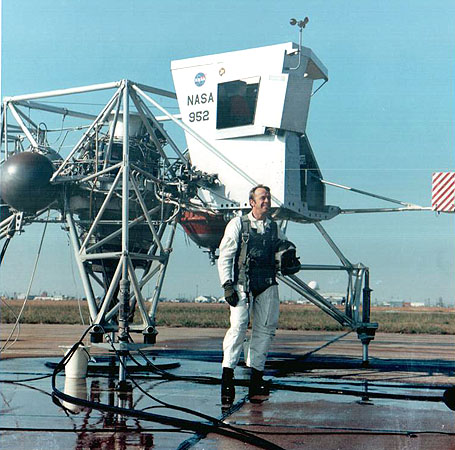
Was chosen with the first group of astronauts in 1959. Was pilot of Mercury-Redstone 3 (Freedom 7) (first American in space), and was backup pilot for Mercury-Atlas 9. Was subsequently grounded due to an inner ear ailment until May 7, 1969 (during which time he served as chief of the Astronaut Office). Commanded Apollo 14 (fifth man to walk on the Moon), and in June 1971 resumed duties as chief of the Astronaut Office. Retired from NASA and the Navy on August 1, 1974, with the rank of Rear Admiral, to join the Marathon Construction Company of Houston, Texas, as partner and chairman. Later, President, Seven/Fourteen Enterprises, Houston.
Alan Shepard died on July 21, 1998 after a long battle with leukemia.
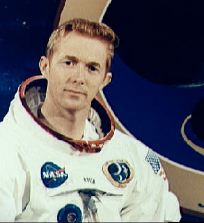
Chosen with the fifth group of astronauts in 1966. Was the command module pilot of Apollo 14, and backup command module pilot for Apollo 16 and Apollo 17. Retired from the Air Force with the rank of Colonel. Resigned from NASA on February 1, 1976 to become Vice President for International Affairs, U.S. Industries Middle East Development Company, based in Athens, Greece. Returned to the United States in 1977 to become President of Jet Industries in Austin, Texas. Later worked in private business in Austin and was owner and President, Gulf Coast Coors, Inc., Gulfport, Mississippi. Stu Roosa died on December 12, 1994 of complications from pancreatitis. He is buried at Arlington National Cemetary ( 235k ). Photo courtesy Russell C. Jacobs, March 2006.

Chosen with the fifth group of astronauts in 1966. Was backup lunar module pilot for Apollo 10, lunar module pilot for Apollo 14 (sixth man to walk on the Moon), and backup lunar module pilot for Apollo 16. Retired from the Navy, with the rank of Captain, and from NASA in October 1972 and founded the Institute of Noetic Sciences in Palo Alto, California, of which he is chairman. Was President, Edgar Mitchell Corporation (EMCO), Palm Beach, Florida from 1974 until 1978. Later became Chairman of Mitchell Communications Company in Florida. Wrote a book entitled Psychic Exploration: A Challenge for Science.
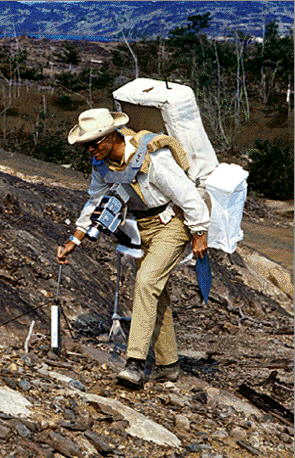
Fred during geology training for Apollo 13
Personal: Born November 14, 1933, Biloxi, Mississippi.
Married, four children (by a previous marriage).
Education: B.S. in aeronautical engineering, University of
Oklahoma, 1959.
Spaceflights: Lunar module pilot, Apollo 13 (1970).
Served as an aviator in both the U.S Marine Corps and the U.S. Air Force, and was chosen in the fifth group of astronauts in 1966. Was backup lunar module pilot for Apollo 8 and Apollo 11, lunar module pilot for Apollo 13, and backup commander for Apollo 16. Served as Landing and EVA-2 CapCom for Apollo 14. Commanded one of the two crews that flew shuttle approach and landing tests. Had been selected as commander of one of the four shuttle orbital flight tests, but resigned from NASA on June 29, 1979 and became President of the Technical Services Division, Grumman Corp., Titusville, Florida and of Northrop Worldwide Aircraft Services, Lawton, Oklahoma.
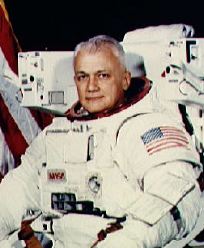
Chosen with the fifth group of astronauts in 1966. Served as EVA CapCom on Apollo 11 and EVA-1 and LM Launch CapCom Apollo 14. Was backup pilot for Skylab 2 and a mission specialist on STS 41-B and on STS-31, which deployed the Hubble Space Telescope. After retiring from NASA and the Navy in 1990, he worked at Martin Marietta Astronautics Co., Denver, Colorado.
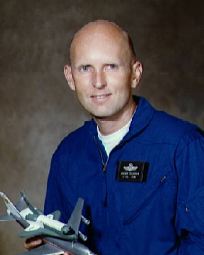
| Journal Home Page | Apollo 14 Home Page |